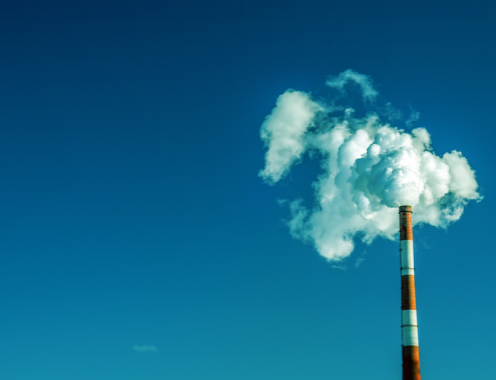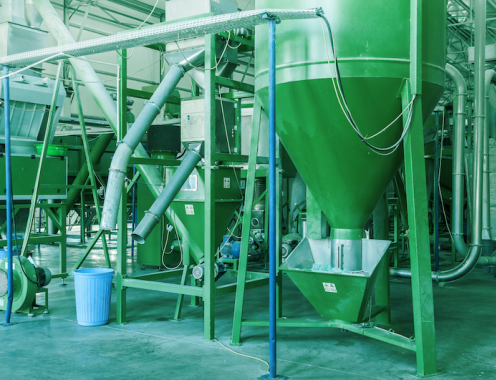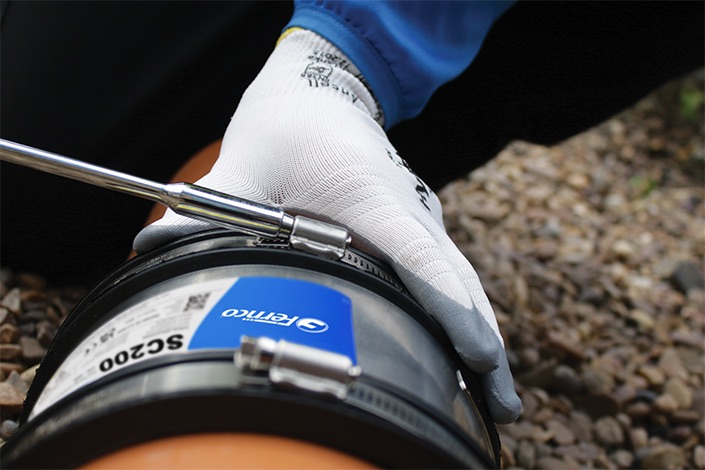A strategy for plastic in a circular economy
In 2018, the European Union adopted a strategy for plastics in a circular economy as a part of their action plan for more circular economy. Sustainability is the underlying motivation behind the plastics strategy with a goal of addressing how plastics are designed, used and recycled in the EU.
Plastic is an important and ubiquitous material in our economy and daily lives. It has multiple functions that help tackle a number of the challenges facing our society.
However, too often the way plastics are currently produced, used and discarded fails to capture the economic benefits of a more 'circular' approach and harms the environment. There is an urgent need to tackle the environmental problems that today cast a long shadow over the production, use and consumption of plastics. The million tonnes of plastic litter that end up in the oceans every year are one of their most visible and alarming signs of these problems, causing growing public concern.
CO2 advantages by recycling plastic
It was estimated that plastics production and the incineration of plastic waste give rise globally to approximately 400 million tonnes of CO2 a year.8 Using more recycled plastics can reduce dependence on the extraction of fossil fuels for plastics production and curb CO2 emissions.9 According to estimates10, the potential annual energy savings that could be achieved from recycling all global plastic waste is equivalent to 3.5 billion barrels of oil per year.
Up to 500,000 tonnes of plastic in the Oceans
In the EU, 150 000 to 500 000 tonnes of plastic waste enter the oceans every year. This represents a small proportion of global marine litter. Yet, plastic waste from European sources ends up in particularly vulnerable marine areas, such as the Mediterranean Sea and parts of the Arctic Ocean. Recent studies show plastics accumulate in the Mediterranean at a density comparable to the areas of highest plastic accumulation in the oceans. Plastic pollution also affects areas of the European Exclusive Economic Zone, in the outermost regions along the Caribbean Sea, the Indian, Pacific and Atlantic Oceans.

Recycling 1 mio tonnes of plastic corresponds to 1 mio cars off the road
Test results of recycled PVC material
We are continiously asking our suppliers to forward test results on the materiale to ensure that the material is compliant with the REACH regulation.
|
Material |
Weight % in component |
Weight % in product |
|
PVC: 80-85 % |
1,35-1,55 g/cm³ |
1,19625 g/cm³ |
|
PO: 6,0-8,5 % (Polypropylen) (Polyethylen) |
PP= 0,92 g/cm³ PE= 0,96 g/cm³ |
0,06815 g/cm³ |
|
Elastomere: 4,0-8,0 % |
1,1-1,35 g/cm³ |
0,0735 g/cm³ |
|
Metall: 0,5-1,0 % |
2,0-3,0 g/cm³ |
0,01875 g/cm³ |
|
|
|
1,35665 g/cm³ |
Lauridsen is compliant with the REACH regulation
For decades we have worked to recycle as most plastic as possible, to ensure that the plastic does not end up as landfilling or at the combustion. Every year we recycle approximately 1000 tons of plastic which correspond to 1000 fewer cars on the road.
On the left hand side you can see what the utilized material consists of. Lauridsen only utilize recycled PVC that is bought in a european country.
ANNEX XVII of the REACH Regulation sets out the rules that apply to which substances. Here it is seen, among other things, that mixtures made from PVC waste are exempt from certain requirements in the REACH Regulation. In addition, the EU regulation takes into account the type of article produced from the PVC mixture. All our recycled PVC products meet the requirements of the REACH Regulation, making them compatible with the REACH Regulation.
Source: REGULATION (EC) No 1907/2006 OF THE EUROPEAN PARLIAMENT AND OF THE COUNCIL of 18 December 2006 concerning the Registration, Evaluation, Authorisation and Restriction of Chemicals (REACH), establishing a European Chemicals Agency, amending Directive 1999/45/EC and repealing Council Regulation (EEC) No 793/93 and Commission Regulation (EC) No 1488/94 as well as Council Directive 76/769/EEC and Commission Directives 91/155/EEC, 93/67/EEC, 93/105/EC and 2000/21/EC
Our vision for recycling plastic
Lauridsen is always aimong to improve the recycling of plastic throughout the value chain, so that we can have a low-carbon and circular economy, while at the same time the citizens' environment becomes cleaner and safer.
To ensure correct waste flow on our products, all products produced after 1 May 2021 are marked with the CLP Regulation's pictogram for recycled PVC, which can be seen here.
In addition, Lauridsen provides requirements specifications for all suppliers, so that the plastic material that is recycled meets the requirements of the REACH Regulation. Lauridsen works strategically with UN Sustainable Development Goals No. 7 and No. 12, which deal with "Sustainable Energy" and "Responsible Consumption and Production", respectively. You can see more about how we concretely work with the UN's Sustainable Developement Goals here.


Contact us
Do you have questions to our products, solutions or services? Or are you looking for help with calculations or dimensioning? We are ready to help you. Fill out the form below and we will contact you as soon as possible.